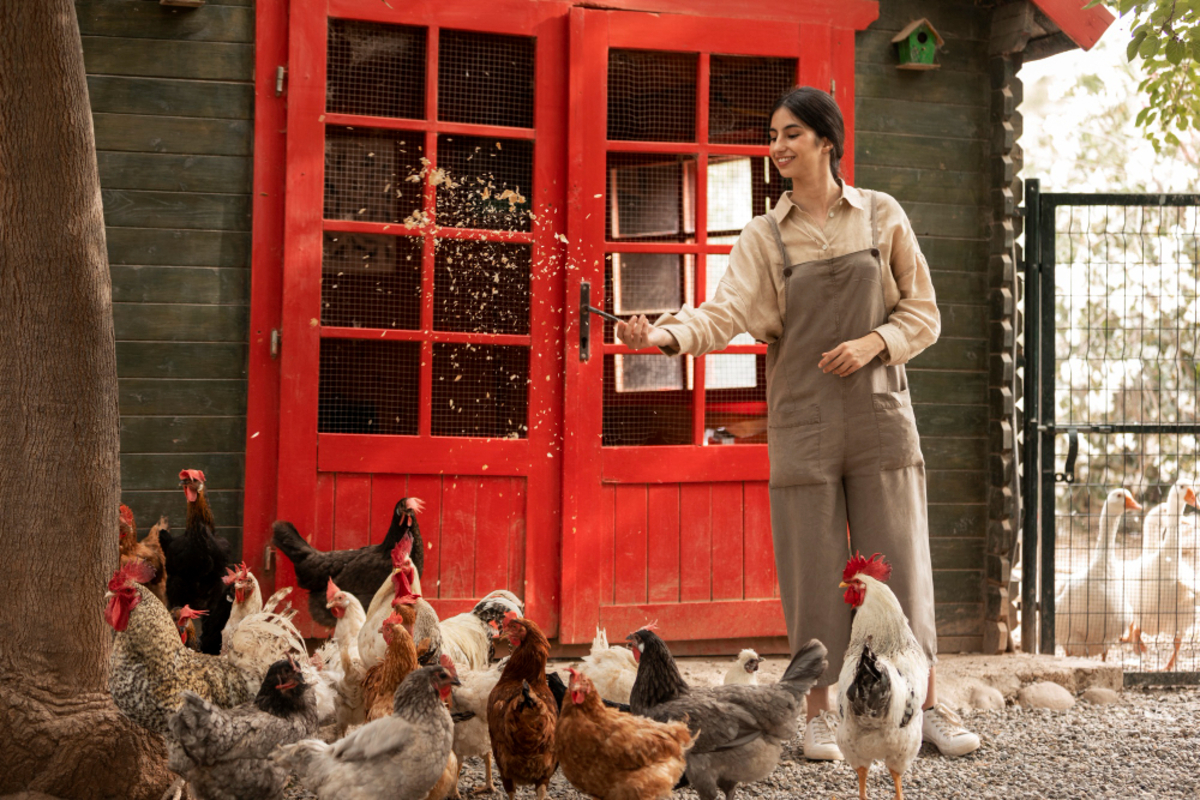Introduction
Hillshire Farm, known for its quality and flavorful meat products, has garnered attention from health-conscious consumers, especially those following a gluten-free diet. Understanding the importance of dietary restrictions, this article delves into whether Hillshire Farm turkey products meet gluten-free standards, offering a comprehensive guide for those navigating their dietary needs.
Is Hillshire Farm Turkey Gluten-Free?
Gluten-free refers to foods that do not contain gluten, a protein found in wheat, barley, rye, and triticale. This diet is essential for people with celiac disease, gluten sensitivity, or those who choose to avoid gluten for health reasons. Gluten-free products must contain less than 20 parts per million (ppm) of gluten to be considered safe for people with celiac disease, according to the U.S. Food and Drug Administration (FDA) standards.
Hillshire Farm, a brand known for its variety of meat products, including turkey, has shown a commitment to providing safe and high-quality products. While they offer a range of products, their approach to gluten-free offerings can vary. It’s essential to check the packaging for gluten-free labeling or consult their website or customer service for the most accurate and up-to-date information regarding their turkey and other products’ gluten content.
As of my last update, Hillshire Farm did not universally label all their turkey products as gluten-free. However, they may have specific products formulated to meet gluten-free standards. The company understands the importance of food safety and transparency, making efforts to label their products clearly. For individuals with gluten sensitivity or celiac disease, looking for products explicitly labeled as gluten-free is crucial to ensure safety.
Understanding Gluten and Its Effects
What is Gluten?
Gluten is a group of proteins found in certain grains, such as wheat, barley, rye, and triticale (a cross between wheat and rye). These proteins play a key role in giving breads, pastas, and other baked goods their structure and elasticity. Gluten is ubiquitous in many foods, both obvious and hidden, making it a significant component of many diets.
Why Gluten-Free is Important
For many individuals, adopting a gluten-free diet is not a lifestyle choice but a medical necessity. Here are the main reasons why a gluten-free diet is crucial for some people:
- Celiac Disease: This is an autoimmune disorder where the ingestion of gluten leads to damage in the small intestine. A strict gluten-free diet is the only effective treatment to manage the symptoms and promote intestinal healing.
- Non-Celiac Gluten Sensitivity (NCGS): People with NCGS experience symptoms similar to those of celiac disease, such as abdominal pain, bloating, and diarrhea, but without the intestinal damage. A gluten-free diet can help alleviate these symptoms.
- Wheat Allergy: This is an allergic reaction to wheat proteins, including gluten. People with a wheat allergy must avoid wheat but may not need to avoid all gluten-containing grains.
- Other Health Reasons: Some individuals may choose a gluten-free diet to address other health concerns, such as reducing inflammation or improving gastrointestinal health, even if they don’t have celiac disease, NCGS, or a wheat allergy.
Gluten Intolerance vs. Celiac Disease
While the terms “gluten intolerance” and “celiac disease” are often used interchangeably, they refer to different conditions:
- Celiac Disease is an autoimmune condition diagnosed through blood tests and intestinal biopsies. When someone with celiac disease consumes gluten, their immune system attacks the lining of the small intestine, leading to nutrient malabsorption, gastrointestinal distress, and increased risk of other autoimmune disorders.
- Gluten Intolerance (NCGS) involves a negative reaction to gluten in individuals without celiac disease or wheat allergy. Symptoms can include gastrointestinal discomfort, fatigue, and headache. Diagnosis is typically made by ruling out celiac disease and wheat allergy and observing symptom improvement on a gluten-free diet.
It’s important for individuals who suspect they have issues with gluten to consult healthcare professionals for accurate diagnosis and management advice. Adopting a gluten-free diet without professional guidance can lead to nutritional deficiencies and mask underlying health conditions.
Hillshire Farm Turkey Products Overview
Hillshire Farm is known for its wide array of meat products, including several turkey options that cater to different tastes and dietary needs. Their turkey products range from deli meats to sausages and snack options, providing versatility for various meal preparations. Below, I’ll give an overview of the types of turkey products available from Hillshire Farm, with a focus on highlighting gluten-free options, based on general knowledge up to the last update. For the most current and specific product details, including gluten-free status, it’s always best to check the product packaging or contact Hillshire Farm directly.
Types of Turkey Products
1. Turkey Deli Meats: Hillshire Farm offers a variety of turkey deli meats, including oven-roasted turkey, smoked turkey, and honey roasted turkey. These are popular for sandwiches, salads, and wraps.
2. Turkey Sausages: These include products like smoked turkey sausage, turkey kielbasa, and turkey bratwurst. They’re versatile for grilling, sautéing, and incorporating into dishes like pasta, soups, and stews.
3. Turkey Smoked Sausage and Lit’l Smokies®: These are smaller sausage options that work well as appetizers, party snacks, or ingredients in larger dishes.
Highlighting Gluten-Free Options
Hillshire Farm’s approach to catering to gluten-free diets can vary by product. While not all their turkey products may be certified gluten-free, some may naturally be without gluten-containing ingredients. When selecting a gluten-free option, it’s essential to:
- Look for Gluten-Free Labeling: The most reliable way to identify if a product is gluten-free is through clear labeling on the packaging. Gluten-free labels indicate that the product has been tested and meets the strict FDA standards for gluten content.
- Check Ingredients Lists: Even if a product isn’t labeled gluten-free, checking the ingredients list can help you avoid gluten. However, be cautious of cross-contamination risks if the product is processed in a facility that also handles gluten-containing grains.
- Consult Hillshire Farm Resources: Hillshire Farm’s website or customer service can provide the most up-to-date information on which turkey products are gluten-free or suitable for your dietary needs.
Remember, formulations and product offerings can change, so it’s important to regularly check labels and company resources if you’re adhering to a gluten-free diet. Hillshire Farm’s commitment to quality and variety includes offering options that meet the needs of customers with dietary restrictions, but direct communication with the company or checking the latest product information is the best way to ensure safety and satisfaction.

